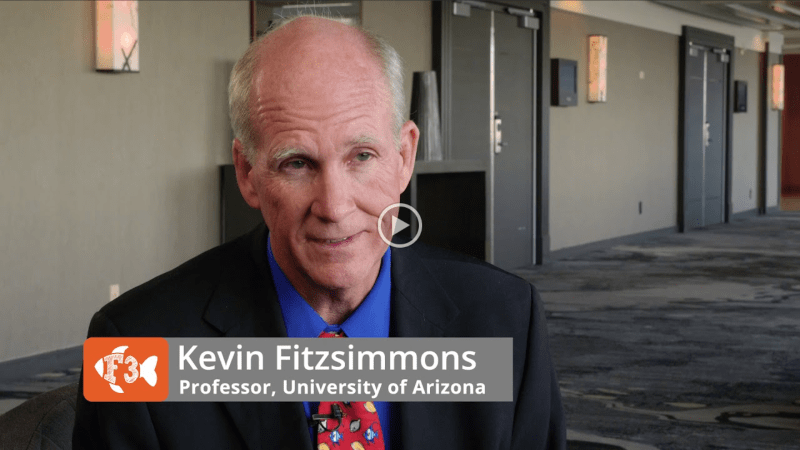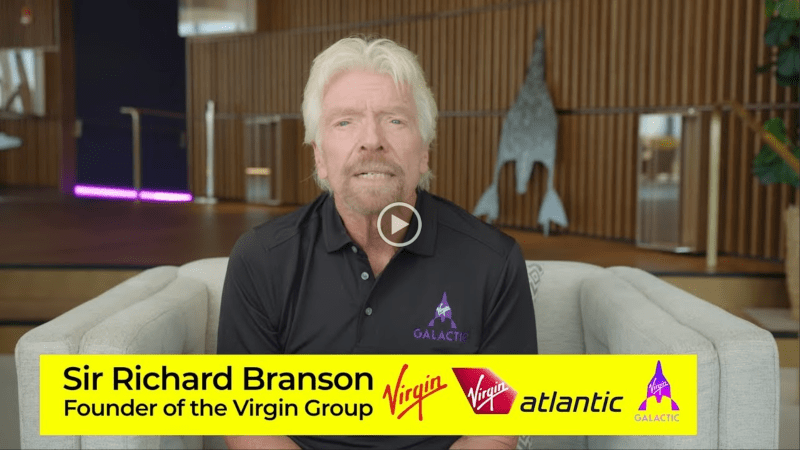F3 (FUTURE OF FISH FEED, FISH-FREE FEED)
In 2016 and 2023, forage fish numbers fell so low that the fishery was closed all along the US West coast to as far south as Peru. Forage fish are at the base of the food chain, sustaining sea birds, marine mammals (whales, dolphins, seals), sea turtles, commercial fisheries (salmon, tuna, cod).
The F3 approach encourages conservation by going to the source of demand: 70% of forage fish are used for aquaculture feed. Forage fish in aquaculture feed is unsustainable since aquaculture needs more than nature can provide. If “business as usual” continues, forage fisheries may collapse by 2037¹. The industry clearly needs alternatives to take the pressure off of a keystone species, to avert a collapse of ocean ecosystems, and to provide better food security for seafood.
The F3 Fish Free Feed challenge stimulates the scaling and commercialization of alternatives. It is judged by experts around the world: the University of Arizona, University of Massachusetts: Boston, and the Shanghai Jaio Tong University. Anthrocean is one of several crowd sourced sponsors.
Other projects to take pressure off of wildcaught forage fish:
- Research of a nutritionally equivalent ‘eco-sardine’ in feed trials of California Yellowtail at Hubbs Seaworld.
- Testing a methanotroph as a feed ingredient.
- Research on regulatory changes that prevent the usage of substitutes in the US. Due to a regulatory change in January 2016, algal oils may no longer be used in aquaculture feed in the US. The processes and pathways to gain regulatory approval were investigated.
¹ Froehlich, Halley & Jacobsen, Nis & Essington, Timothy & Clavelle, Tyler & Halpern, Benjamin. (2018). Avoiding the ecological limits of forage fish for fed aquaculture. Nature Sustainability. 1. 10.1038/s41893-018-0077-1.


